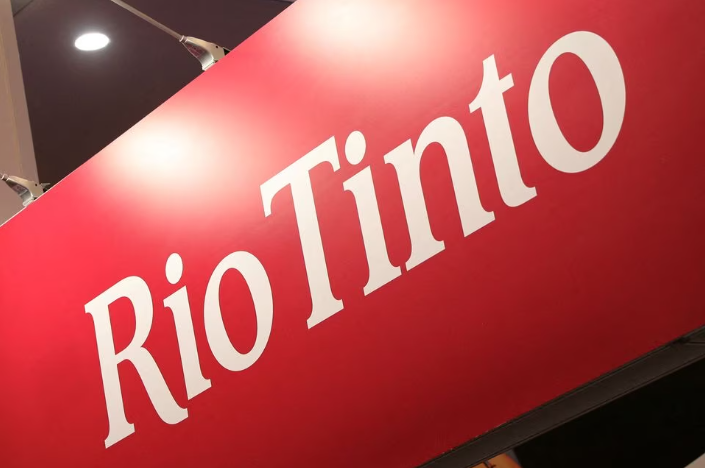
The trial technology could cut emissions from the sector that accounts for up to 3% of Australia's total emissions, and also minimise for Rio Tinto one of its most carbon intensive operations.
The hydrogen plant, which will test low-carbon alumina refining and cut Yarwun's carbon dioxide emissions by about 3,000 tonnes per year, is expected to produce about 6,000 tonnes of alumina annually, Rio said in a statement.
The project will include construction of a 2.5-megawatt on-site electrolyser to supply hydrogen to the Yarwun refinery, it said, adding that if successful, the program could pave the way for adoption of the technology globally.
Sumitomo will own and operate the electrolyser at Yarwun and directly supply hydrogen to the miner. The electrolyser will have an annual hydrogen production capacity of more than 250 metric tons.
"This pilot plant is an important step in testing whether hydrogen can replace natural gas in Queensland alumina refineries," Rio Tinto Aluminium Pacific Operations Managing Director Armando Torres said.
Rio Tinto, which has tried to sell its aluminium assets earlier, is Australia's 10th biggest emitter at 7.4 million metric tons of direct and indirect emissions according to data from the Clean Energy Regulator.
The world's largest iron-ore miner will explore the viability of using hydrogen in calcination, a process which heats up hydrated alumina to extremely high temperatures.
Australia's treasurer while unveiling the government's budget in May announced A$2.0 billion 'Hydrogen Headstart' programme, adding, the country had the world's largest pipeline of renewable hydrogen projects.
The plant's construction will start in 2024 and it is expected to be operational by 2025.
($1 = 1.4954 Australian dollars)